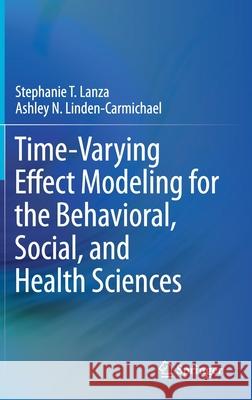Time-Varying Effect Modeling for the Behavioral, Social, and Health Sciences » książka
topmenu
Time-Varying Effect Modeling for the Behavioral, Social, and Health Sciences
ISBN-13: 9783030709433 / Angielski / Twarda / 2021 / 150 str.
Time-Varying Effect Modeling for the Behavioral, Social, and Health Sciences
ISBN-13: 9783030709433 / Angielski / Twarda / 2021 / 150 str.
cena 523,30
(netto: 498,38 VAT: 5%)
Najniższa cena z 30 dni: 501,19
(netto: 498,38 VAT: 5%)
Najniższa cena z 30 dni: 501,19
Termin realizacji zamówienia:
ok. 22 dni roboczych
Dostawa w 2026 r.
ok. 22 dni roboczych
Dostawa w 2026 r.
Darmowa dostawa!
Kategorie:
Kategorie BISAC:
Wydawca:
Springer
Język:
Angielski
ISBN-13:
9783030709433
Rok wydania:
2021
Wydanie:
2021
Ilość stron:
150
Waga:
0.41 kg
Wymiary:
23.39 x 15.6 x 1.12
Oprawa:
Twarda
Wolumenów:
01
Dodatkowe informacje:
Wydanie ilustrowane











